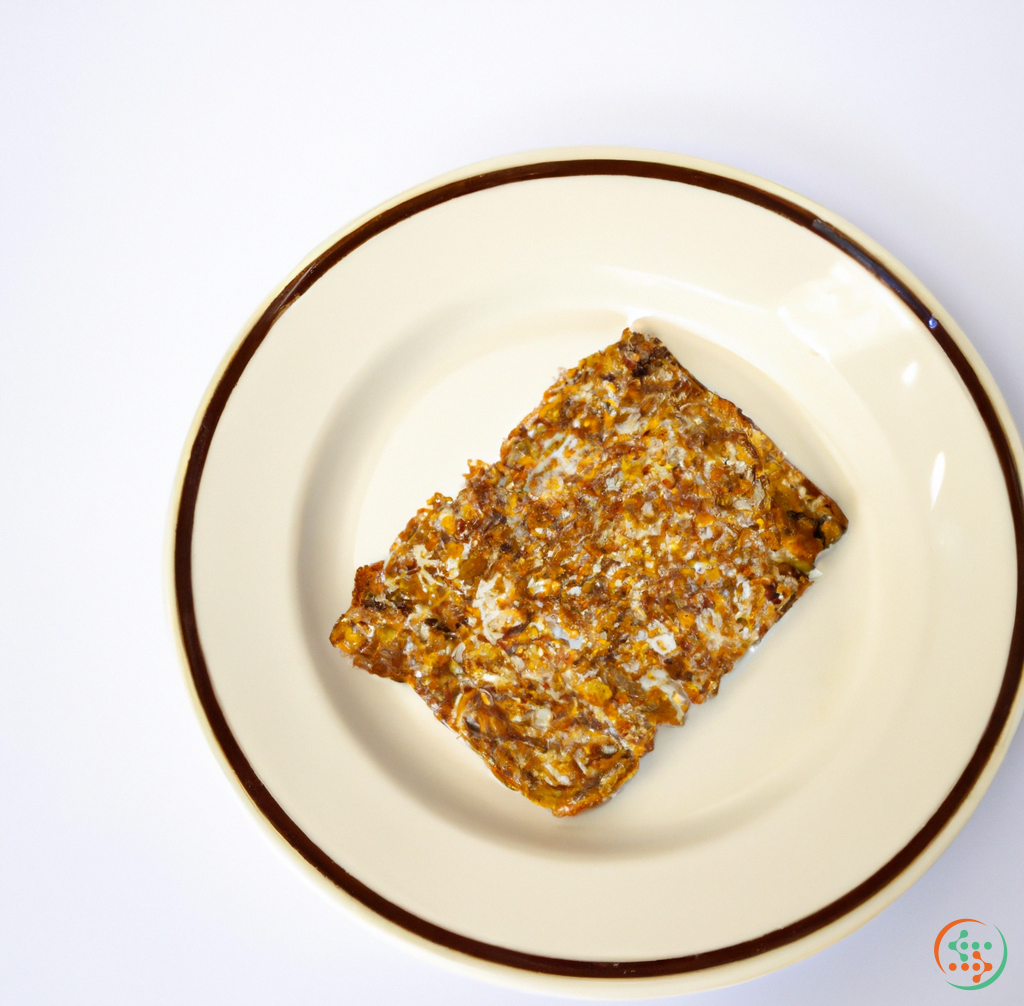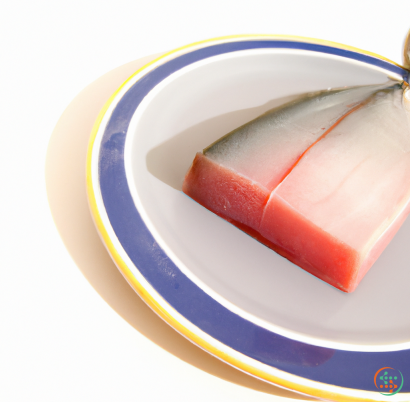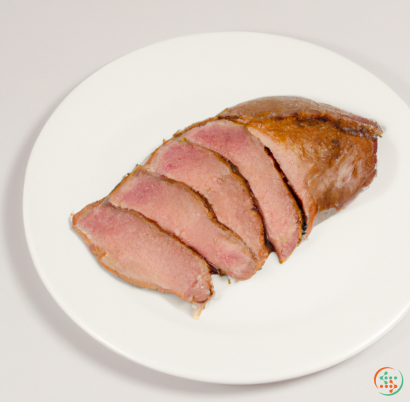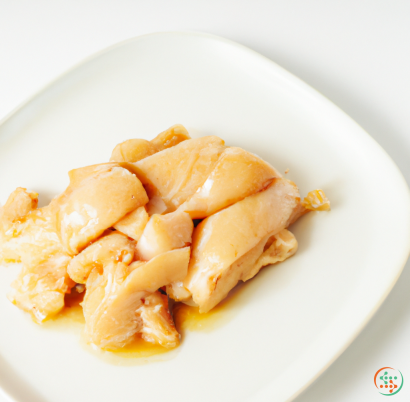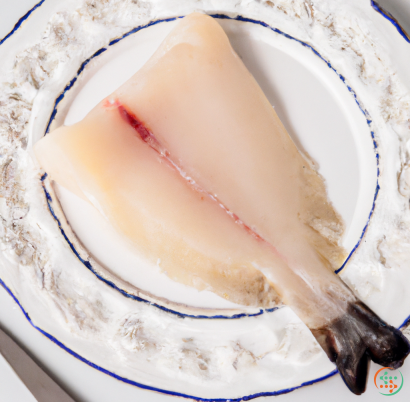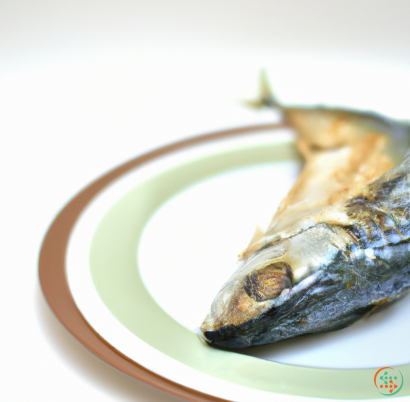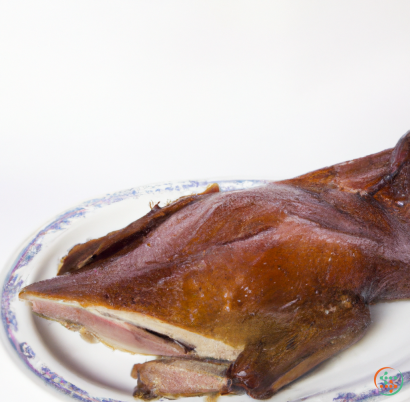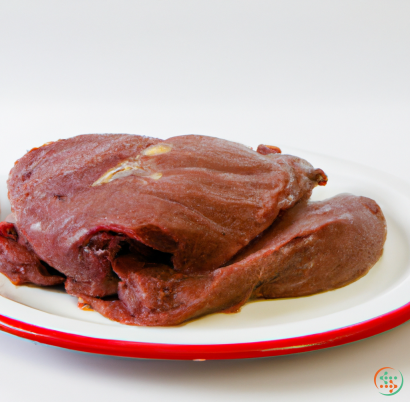Tempeh
Tempeh is an Indonesian delicacy that is becoming increasingly popular in the western world. It is made from fermented soybeans and can have a nutty, subtly bitter flavor. While it is still relatively unknown, tempeh is becoming increasingly popular due to its high protein content and wide range of uses. It can be enjoyed in a variety of ways, as well as being vegan-friendly and gluten-free, making it a highly versatile ingredient.
What is Tempeh?
Tempeh is a food originating from Indonesia, made from fermented soybeans. When cooked, it can take on the texture of a firm, dense cake. Tempeh is typically sold refrigerated and vacuum-packed, and has earned itself a reputation for being difficult to work with, due to its high levels of moisture and its hard consistency. However, these characteristics can also be seen as benefits as it can bind mixtures together when used as a substitute for ground meats or fish.
In terms of taste, tempeh is relatively mild. As a result, it takes on the flavors of the seasonings and ingredients it’s cooked with more readily than other meat substitutes. During the fermentation process, the taste and aroma of tempeh is subtly enhanced, developing a nutty, subtly bitter flavor.
Benefits of Tempeh
Due to its fermentation process, tempeh is full of beneficial probiotics. These microscopic organisms help to regulate and improve your digestive system and enhance your immune system. Tempeh also contains a high amount of protein, making it a great addition to any vegan or vegetarian diet.
The fermentation process also has another benefit. It creates an environment where nutritional content is preserved, while converting carbohydrates and fats into essential minerals and amino acids. Additionally, it increases the activity and bio-availability of B-vitamins; vitamins that are otherwise difficult to find in plant-based diets, particularly vitamin B12 which is plentiful in animal products.
How to Cook with Tempeh
Although tempeh has a reputation for being difficult to work with, it’s actually quite easy as long as you keep a few things in mind. When preparing tempeh for cooking, it’s important to rinse it well. This will help to remove any bitterness that might be imparted from the fermentation process.
After rinsing, you can cut the tempeh into cubes or strips and marinate it in your favorite sauces and spices before cooking. Tempeh can be pan-fried, baked, or grilled. If you don’t fancy cooking with it, it can also be eaten raw. You can also crumble it and use it as a substitute for ground beef.
Variations in Tempeh
Though traditional tempeh is made from just soybeans, there are a number of variations available, including tempeh made from ingredients such as black or green peas, flaxseed, or grains such as millet or quinoa. Depending on where you buy your tempeh, you may also come across varieties that are partially pre-cooked or smoked.
Where to Find Tempeh
You can usually find tempeh in health food stores, although it’s becoming increasingly common and more widely available. Some grocery stores are now stocking tempeh, usually in the refrigerated section near plant-based products. Alternatively, tempeh can be ordered online from specialty stores and some food delivery services.
Conclusion
If you’re looking for a vegan and gluten-free alternative to ground meats, tempeh is a great choice. With its high protein content and wide range of uses, there’s no wonder tempeh is becoming increasingly popular. Whether you’re looking to cook it in the traditional way or use it as a substitute for ground meat, tempeh is sure to add a unique flavor to any dish.
What is Tempeh?
Tempeh is an Indonesian fermented food formed from soybeans that are cooked, roasted and then inoculated with Rhizopus oligosporus. This process transforms the beans into a cake-like texture and neutral flavor. Generally, a block of tempeh is cut into slices and fried before being served. Tempeh is a versatile and nutritious alternative to animal proteins for vegetarians and vegans, and has grown in popularity as its unique flavor and texture creates culinary opportunities for creative meals.
The Journey from Bean to Plate
Making tempeh requires a few both simple and complicated steps. It begins with the harvest of the soybeans, which are transported to a local processing facility. Depending on the technique used, the beans may be defatted through expelling techniques or the hulls may be removed by soaking the beans and then discarding the solids. Once the beans have been processed, they are usually boiled or steamed to stop enzyme activity and soften the beans to create a smooth paste.
At this stage, the beans are inoculated with the Rhizopus oligosporus. After releasing spores into the soybean mixture, it is then sealed in a traditional tempeh-making container or a modern stainless steel vat to be incubated. The spores begin to feed on the sugars within the beans, which results in a nutrient-dense tempeh. The incubation process takes about 24 hours at 31 to 34°C for optimal aromatic and flavor formation.
When the beans have been transformed into a cohesive brick, the tempeh is removed from the container and cooled before being sold fresh in the local marketplaces. Compared to other food products, the fresh tempeh is not usually transported far distances. Instead, it is transported locally in coolers and stored in refrigerators during transit.
From there, the tempeh may be packaged in a variety of ways such as pre-sliced and vacuum sealed, brined in a vinegar solution, marinated with herbs and spices, slice and freeze, or more. Once the tempeh is packaged for sale, it is shipped to retailers throughout the world. The tempeh is generally stored in climates of about 0°C to 4°C for optimum freshness and shelf-life.
Finally, the tempeh arrives at its final destination, the dinner plate. Depending on regional preferences, the tempeh is prepared in a variety of ways. From being simply fried in vegetable oil, to being cooked in a stir-fry or cooked with a flavorful sauce to create a tempeh dish. Tempeh is an incredibly versatile and deliciously flavorful plant-based meal option, presenting an exciting option for vegetarians and vegans alike.
Health Benefits of Tempeh
The fermentation process of making tempeh has resulted in the creation of a healthy food loaded with various health benefits. From boosting the amount of vitamins and antioxidants, to increasing the bioavailability of the proteins and minerals, let’s explore some of the benefits of tempeh:
One of the most significant health benefits of tempeh is that it is an excellent vegan source of plant-based protein. Some studies suggest that tempeh contains up to a whopping 30 grams of protein in every 100 grams. Additionally, due to the fermentation process, the proteins are much more bioavailable and easier for the body to absorb, meaning you get more nutrition out of the same amount of food.
As tempeh is made from soybeans, it also contains many vitamins and minerals. This includes the essential B complex vitamins like folic acid, thiamine, riboflavin and niacin, which enhance the body’s metabolism and help with cell renewal. In addition, it also contains sources of zinc and magnesium, both known for their role in aiding digestion and aiding respiratory and circulatory health.
The fermentation process increases the probiotics content of tempeh, which can aid in digestion and boost the immune system. Tempeh is particularly beneficial for those with digestive issues, as some of the enzymes found in the fermentation process help break down proteins, fats, carbohydrates and fibers, making tempeh a favorable choice.
Finally, tempeh is low in carbohydrates and fat, and rich in fiber, making it an ideal part of a weight loss diet. The high fiber content of tempeh helps to keep you fuller for longer, so you don’t eat too much and gain unnecessary calories.
Conclusion
In conclusion, tempeh is an incredibly healthy, plant-based food with many health benefits. It has a firm, meaty texture and nutty flavor that can be enjoyed as a vegetarian or vegan alternative to animal protein dishes. The journey from the soybean to the dinner plate is a complicated yet fascinating process, but in the end, it culminates in a nutritious meal you can feel good about.
| Vitamin B1 | 0.08 mg | |
| Vitamin B2 | 0.36 mg | |
| Vitamin B3 | 0.00264 grams | |
| Vitamin B5 | 0.28 mg | |
| Vitamin B6 | 0.22 mg | |
| Vitamin B9 | 0.024 mg | |
| Vitamin B12 | 0.08 ug |
| Calcium | 0.111 grams |
Daily Value 1.3 g
|
| Iron | 0.0027 grams |
Daily Value 0.018 g
|
| Magnesium | 0.081 grams |
Daily Value 0.4 g
|
| Phosphorus | 0.266 grams |
Daily Value 1.25 g
|
| Potassium | 0.412 grams |
Daily Value 4.7 g
|
| Sodium | 0.009 grams |
Daily Value 2.3 g
|
| Zinc | 0.00114 grams |
Daily Value 0.011 g
|
| Copper | 0.56 mg |
Daily Value 0.9 mg
|
| Manganese | 0.0013 grams |
Daily Value 0.0023 g
|
| Tryptophan | 0.194 grams | |
| Threonine | 0.796 grams | |
| Isoleucine | 0.88 grams | |
| Leucine | 1.43 grams | |
| Lysine | 0.908 grams | |
| Methionine | 0.175 grams | |
| Cystine | 0.193 grams | |
| Phenylalanine | 0.893 grams | |
| Tyrosine | 0.664 grams | |
| Valine | 0.92 grams | |
| Arginine | 1.252 grams | |
| Histidine | 0.466 grams | |
| Alanine | 0.96 grams | |
| Aspartic Acid | 1.995 grams | |
| Glutamic Acid | 3.292 grams | |
| Glycine | 0.754 grams | |
| Proline | 1.03 grams | |
| Serine | 1.019 grams |
| Total Sugars | 0.131141 grams |
per 100g
|
| Myristic acid (14:0) | 0.02 grams |
|
| Palmitic acid (16:0) | 1.69 grams |
|
| Stearic acid (18:0) | 0.68 grams |
|
| Behenic acid (22:0) | 0.11 grams |
|
| Total Saturated fatty acids: | 2.5 g | |
| Oleic acid (18:1) | 3.1 grams |
|
| Gadoleic acid (20:1) | 0.05 grams |
|
| Total Monounsaturated fatty acids: | 3.15 g | |
| Linolenic acid (18:3) | 0.25 grams |
|
| Linoleic acid (18:2) | 4.05 grams |
|
| Total Polyunsaturated fatty acids: | 4.3 g | |
